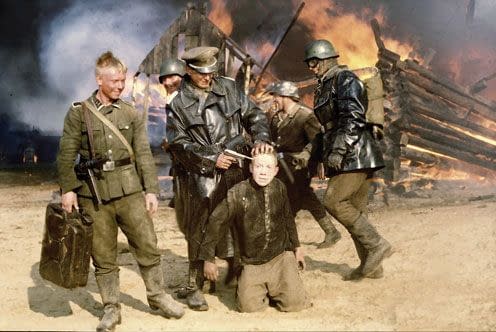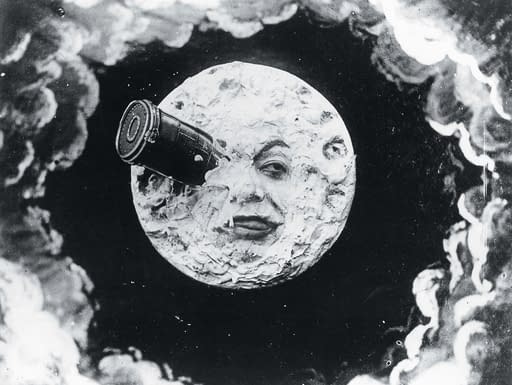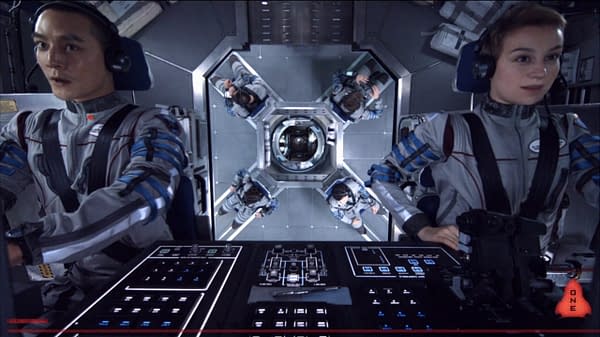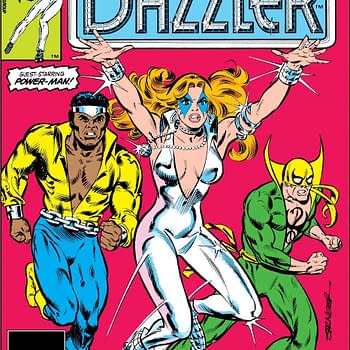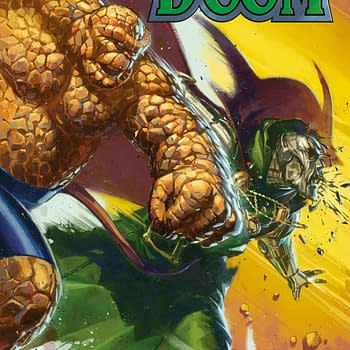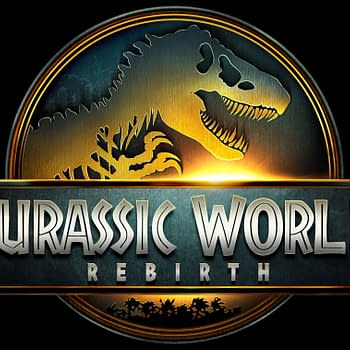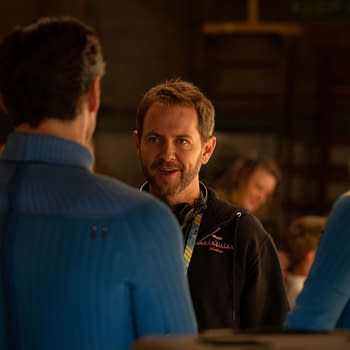Posted in: Look! It Moves! by Adi Tantimedh, Movies | Tagged: gravity
The Weight of Gravity: Look! It Moves! by Adi Tantimedh
Adi Tantimedh writes;
Warning: minor spoilers.
If there's one movie that everyone should see this year, it's Alfonso Cuaron's Gravity.
It's not just a thrill ride, a good piece of Science Fiction and a suspense thriller with an existential edge, it also pushes Cinema towards the next step in its evolution. There's a lot of talk about the Death of Cinema, how movies are dying and giving way to the internet's viral videos and clips made for shorter attention spans, but they still can't beat a movie as a communal experience, a waking dream shared by an audience bathed in the hypnotic trance of light projected in a darkened room. This is the first movie I've seen for years where the audience sat in silenced awe and terror as it unfolded. Even the guy next to me who was compulsively and loudly chewing on his pop corn throughout the trailers and opening (loud enough to make me want to smack him) stopped eating after the first 15 minutes and kept his mouth shut for the rest of the running time.
Gravity plays on movies as its most basic function: to create an empathic emotional experience. There's nothing more empathic than identifying with an astronaut in big trouble over orbit, adrift from rescue and having to rely on her training and smarts to not die in space.
The filmmaker in me was waiting for the first cut to a new shot in the start of the movie, and that was one of the longest sustained single shots in a movie before the first cut came in, even with the trickery of a camera move masking it. I always thought from a pure filmmaking point of view, Cuaron has been engaged with trying to push the language of Cinema, with how far he could push the camera to marry form with content, even back in Et Tu Mama, Tambien. Many people talk about the continuous camera shots in Children of Men, though I think that dialogue is incomplete without talking about the possible influence of Elem Klimov's camerawork (achieved without steadicam) in his1985 Russian war film Come and See.
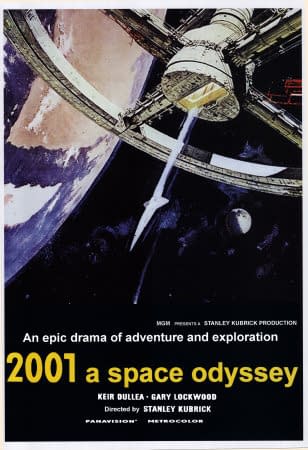
It's notable that few movies or TV shows about space have stuck to scientific accuracy since 2001: A Space Odyssey. This is probably due to studios and filmmakers worrying that the absence of sound and explosions in space movies would make them boring to audiences. The most recent entry in a believable space movie has been this year's underrated Europa Report, a found-footage movie about a doomed expedition to Jupiter's moon.
The other thing is: Gravity is a horror movie.
The unstoppable killer is space. Sandra Bullock is the Last Girl of so many slasher films, using the last ounces of her wits to stay alive. It was fun to spot the same structural points that horror movies employ, only here what's usually the final act of a slasher film becomes the bulk of this movie. From a screenwriting point of view, it was fun to watch the story take what's usually the third act of a horror movie and turn it into its own three-act structure with its turns and twists , including the low-point at the end of act two before the revelation that turns things around for the final act. That it has a likable and sympathetic heroine and actress instead of a man, since women are more easily as a point of vulnerability and identification for the audience to be able to feel more emotionally invested, is utterly consistent with the conventions of horror movies.
This being a blockbuster movie, it's typical that a proper scientist and astrophysicist like Neil deGrasse Tyson has been able to find all the scientific inaccuracies – Bullock should have been able to pull Clooney back to her with one tug since there's no weight in space, satellite communications were disrupted at 230 miles up when in real life communications satellites are 100 times higher to avoid precisely what happens in the movie, satellites in real life orbit west to east but they're portrayed as east to west in the movie (I suspect this liberty was taken for eye-line and our tendency to read left to right), Bullock's hair settled down rather than float around her head in zero gravity, why is Bullock, a medical doctor, servicing the Hubble Space Telescope, why does Clooney explain what happens to the body during oxygen deprivation when she's a doctor who already knows this (this is really just clunky exposition for the audience, not her) and so on.
It's common for pop fiction to cut corners with research as long as it's entertaining. I wish they didn't, since it wouldn't have taken much to correct those bits in the script and still have accomplished what it set out to do. Of course most viewers won't notice those holes as long as the movie is entertaining, and it would be nice if Gravity makes more people interested in space exploration.
Gravity marries some interesting existential themes and emotions that not that many mainstream Hollywood movies do and it helps keep Cinema vital and relevant. It's one of the few Hollywood movies that makes its audience ponder their own existence in the vastness of Space and Life. I just wish it didn't end up with unnecessary inaccuracies.
Floating away at lookitmoves@gmail.com
Follow the official LOOK! IT MOVES! twitter feed at http://twitter.com/lookitmoves for thoughts and snark on media and pop culture, stuff for future columns and stuff I may never spend a whole column writing about.
Look! It Moves! © Adisakdi Tantimedh



